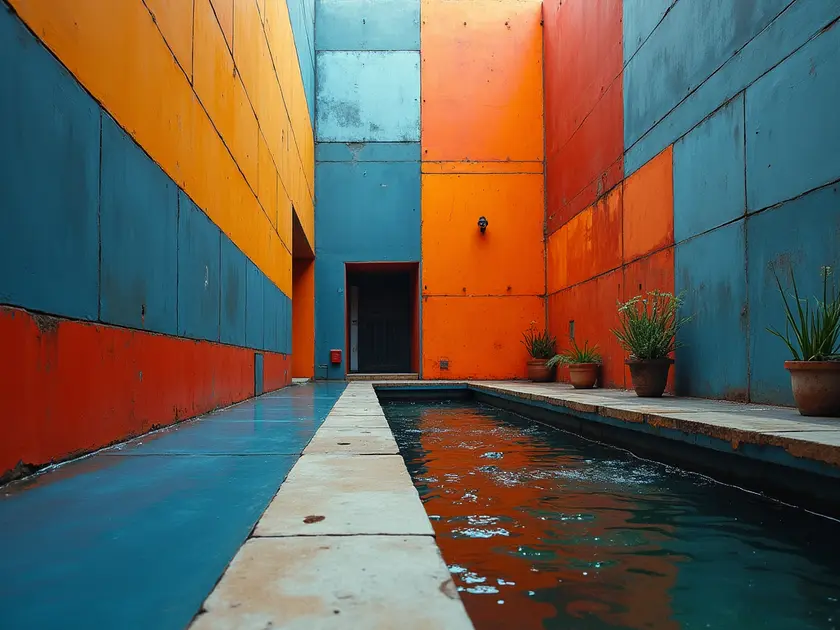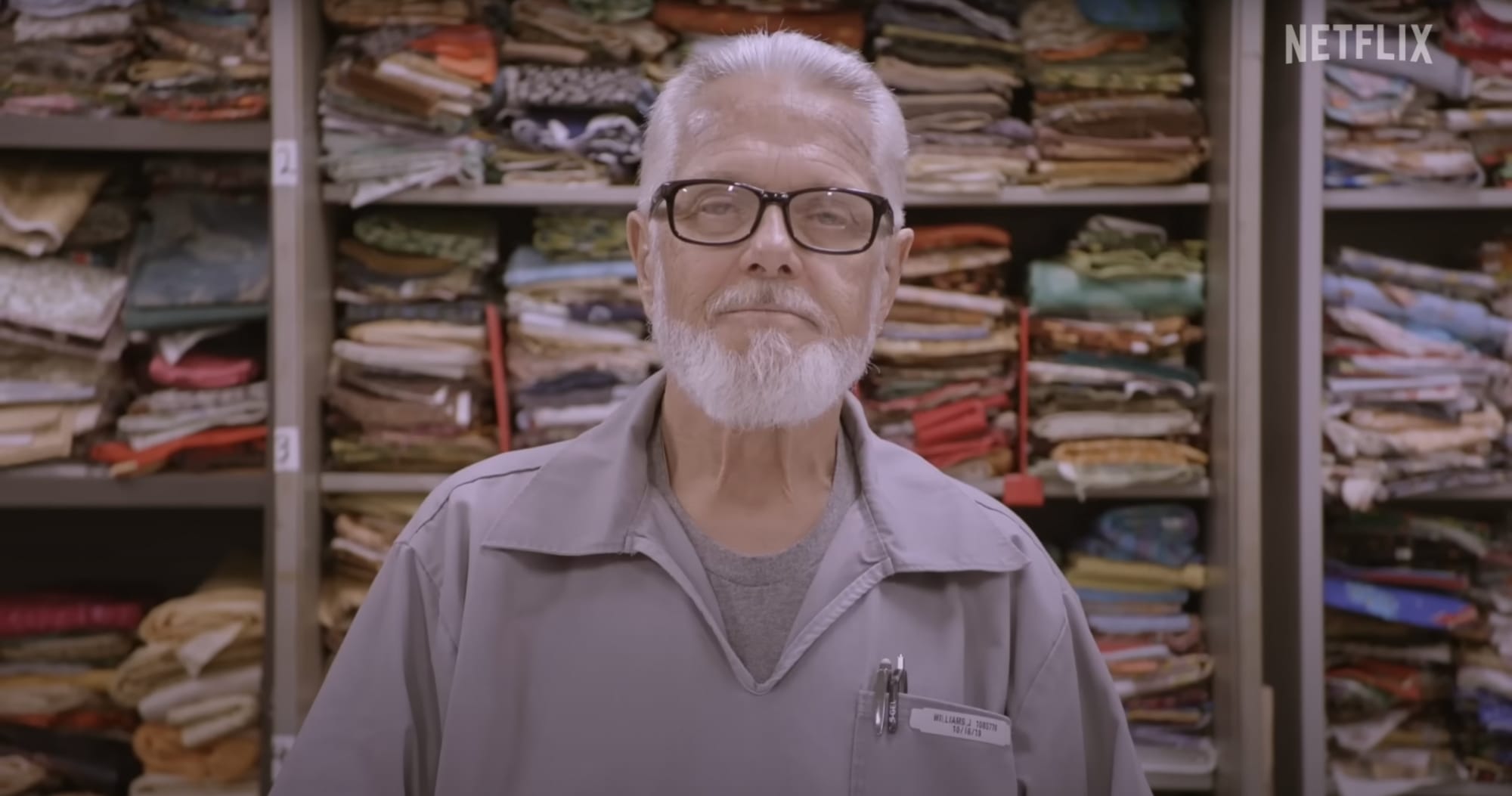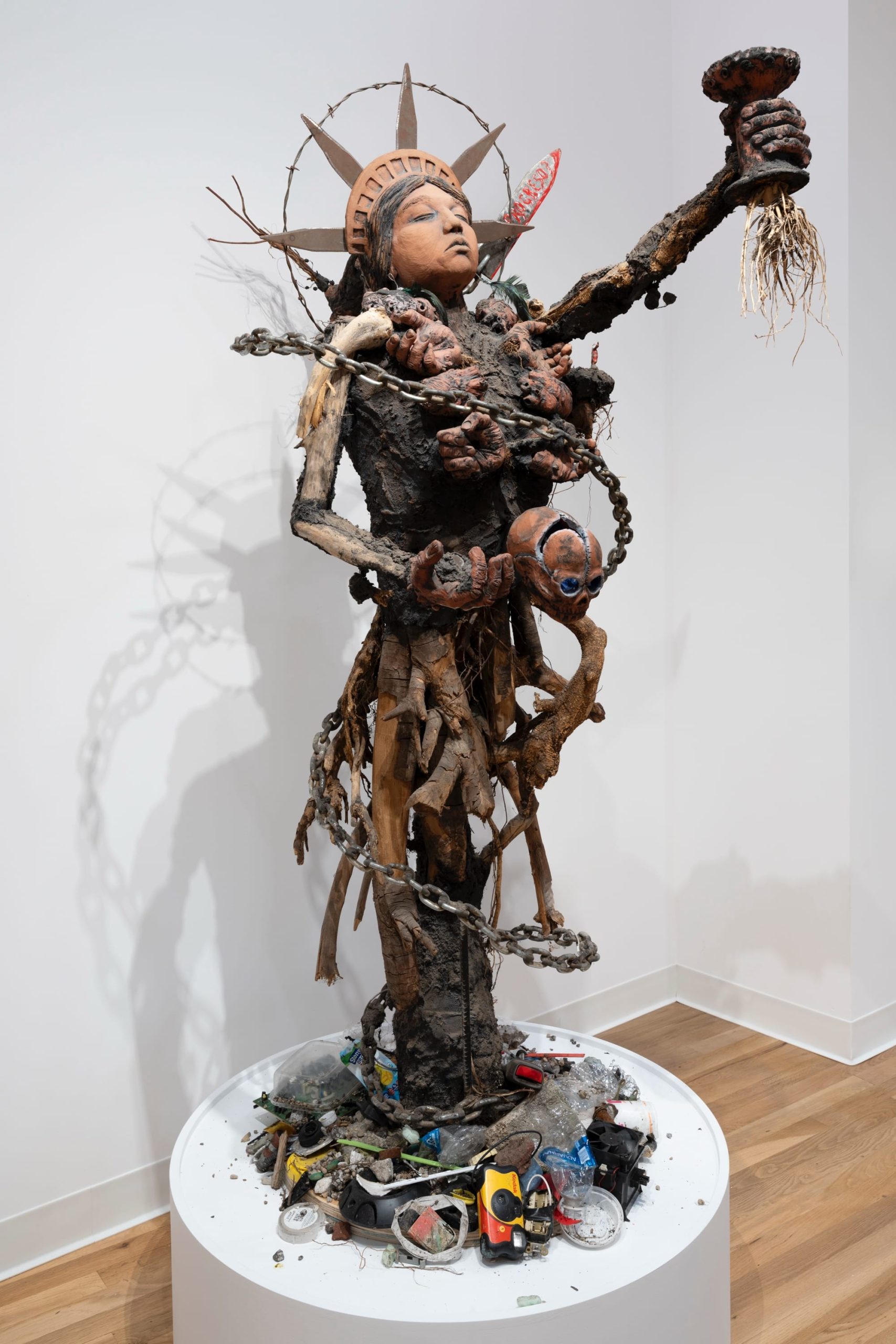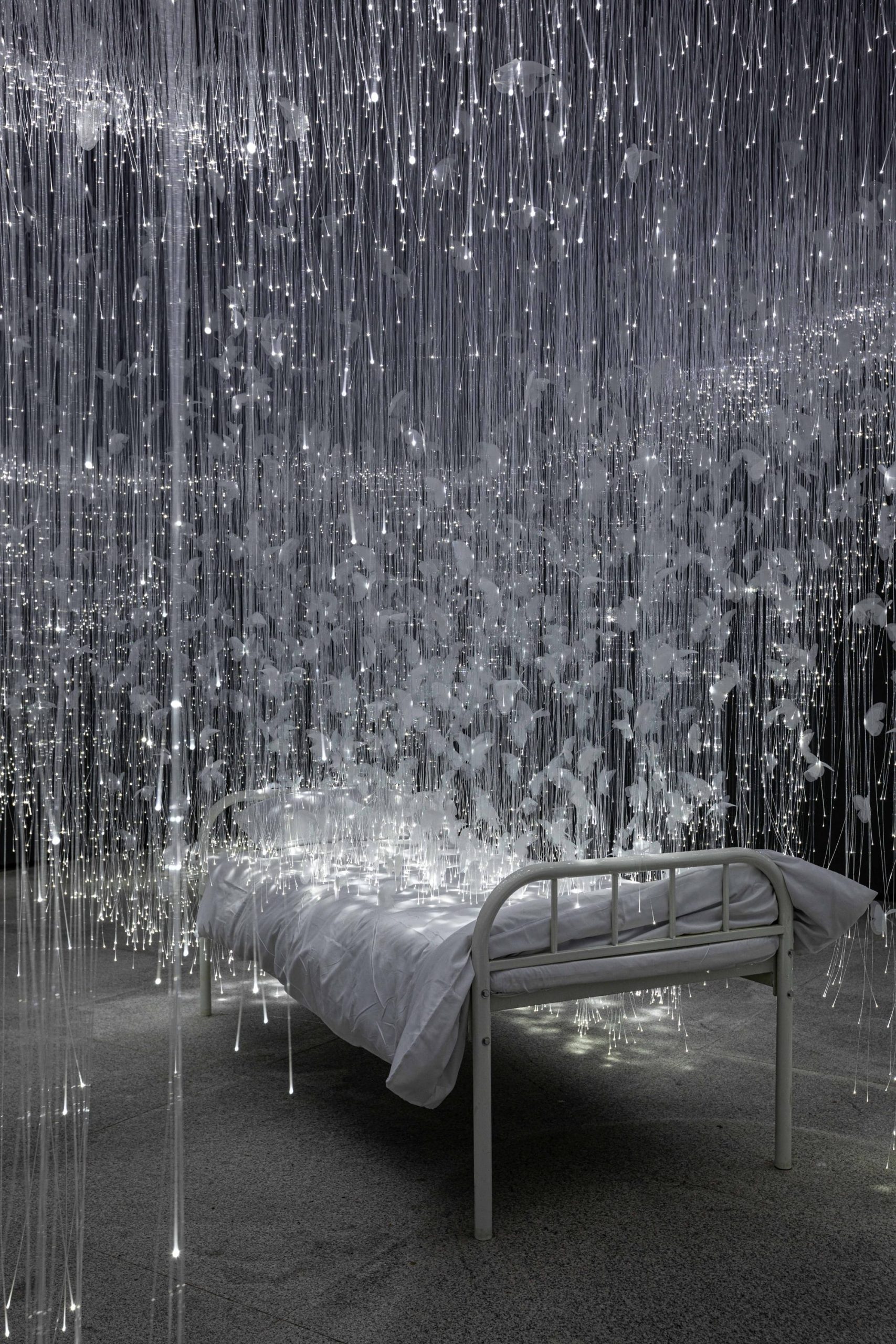The Importance of Composition in Visual Art
When it comes to creating impactful and engaging visual art, one of the key elements that cannot be overlooked is composition. The arrangement of elements within a piece of art plays a crucial role in conveying emotions, guiding the viewer’s eye, and ultimately delivering a powerful message. In this article, we will delve into the significance of composition in visual art and explore how balance, harmony, and techniques for leading the viewer’s eye can enhance the overall impact of artistic creations.
Balance and Harmony: Key Elements in Visual Composition
Balance and harmony are essential elements in creating visually appealing compositions. They help bring a sense of order and unity to the artwork, guiding the viewer’s eye and creating a pleasing aesthetic.
The Role of Balance
- Balance in visual composition refers to the distribution of elements within the artwork. It can be symmetrical, where elements are evenly distributed on either side, or asymmetrical, where different elements are balanced through contrast and visual weight.
- By achieving balance in a composition, artists can create a sense of stability and equilibrium, making the artwork more visually engaging.
The Importance of Harmony
- Harmony in visual composition involves the use of elements that work together to create a unified and cohesive whole. It can be achieved through color schemes, shapes, textures, and other design elements.
- When harmony is present in an artwork, it creates a sense of completeness and unity, drawing the viewer in and evoking a positive emotional response.
Overall, balance and harmony play a crucial role in visual composition, helping artists create impactful and meaningful artworks that resonate with viewers.
Leading the Viewer’s Eye: Techniques for Effective Composition
Effective composition is crucial in guiding the viewer’s eye through a piece of art or design. By utilizing various techniques, artists can create visual pathways that lead the viewer through the artwork in a deliberate manner.
1. Contrast
Contrast is a powerful tool that can be used to direct the viewer’s attention to specific areas of the composition. By incorporating elements that are different in color, size, shape, or texture, artists can create visual interest and guide the viewer’s eye.
2. Leading Lines
Leading lines are lines within the composition that lead the viewer’s eye from one point to another. By strategically placing lines that direct the viewer’s gaze, artists can create a sense of movement and flow within the artwork.
3. Framing
Framing is a technique where elements within the composition act as a frame to direct the viewer’s attention towards the focal point. By enclosing the main subject with other elements, artists can create a sense of focus and importance.
4. Rule of Thirds
The rule of thirds is a compositional technique where the artwork is divided into nine equal parts using two horizontal and two vertical lines. By placing key elements along these lines or at the points where they intersect, artists can create a balanced and visually appealing composition.
5. Color Theory
Color theory plays a significant role in guiding the viewer’s eye through a composition. By using colors strategically, artists can create focal points, establish hierarchy, and evoke emotions within the viewer.
6. Depth and Perspective
Creating a sense of depth and perspective within the composition can also help lead the viewer’s eye. By incorporating elements such as overlapping objects, diminishing sizes, and atmospheric perspective, artists can create a sense of space and dimension within the artwork.
The Power of Composition: Conveying Emotions and Messages through Art
Composition in art is not just about arranging elements on a canvas; it is a powerful tool that artists use to convey emotions and messages to their audience.
Emotional Impact: The way an artwork is composed can evoke a wide range of emotions in the viewer, from joy and excitement to sadness and contemplation.
Symbolism and Meaning: Through composition, artists can communicate complex ideas and messages, using elements such as color, texture, and perspective to convey deeper meanings.
Storytelling: Composition can be used to tell a story or narrate a scene, guiding the viewer’s eye through the artwork and creating a sense of movement and progression.
Creating Atmosphere: The composition of an artwork can set the tone and atmosphere, whether it’s a peaceful landscape or a dynamic and chaotic scene.
Expressing Individuality: Artists use composition to express their unique style and perspective, creating works that are not only visually appealing but also deeply personal.






